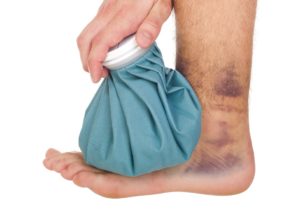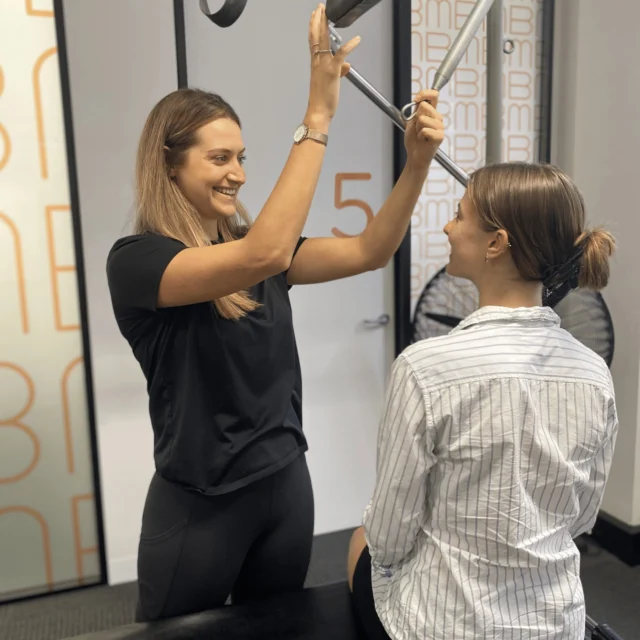Another common injury among the footballers and rugby players out there is turf toe. Turf toe is caused by damage to the main joint of the big toe from it bending back too far (hyperextension injury). It’s quite prevalent amongst footballers and rugby players who play on rigid surfaces, however it can also affect other athletes such as ballerinas and gymnasts.
How does it happen?
The big toe gets bent back too far which can stretch the ligaments and joint capsule underneath the big toe. This most commonly happens when an individual is tackled from behind or falls forwards whilst the forefoot stays flat on the ground. Alternatively, turf toe can also develop slowly from repetitive jarring movements that can occur through the big toe when pivoting, accelerating and jumping. Some doctors and health professionals use a grading system which can be classified as follows:
Grade 1 : the plantar complex has been stretched causing tenderness and swelling
Grade 2 : a partial tear of the plantar complex causing widespread tenderness, swelling and bruising. Movement of the big toe is limited and painful
Grade 3 : a complete tear of the plantar complex causing severe tenderness, swelling and bruising. Movement of the big toe is extremely limited and very painful.
Symptoms can develop over time or can be sudden if the injury is a result of a forceful motion. Common symptoms include:
– pain
– swelling
– stiffness / limited movement around the big toe
– sometimes a “pop” can be felt at the time of the incidence
How is turf toe treated?
Initially the RICE principle is implemented – which involves Rest, Ice, Compression and Elevation of the big toe. A course of anti-inflammatories may be prescribed from a GP if pain and inflammation is quite significant. Depending on the severity of the injury, the joint can require a few weeks rest from the activities such as running and jumping. In very severe cases, a GP or your Physio may recommend using crutches and/or a walking boot to offload the injured area. Physiotherapy will be required to ensure the big toe joint doesn’t become too stiff and can regain it’s full range of motion. Your Physiotherapist will develop a gradual strengthening and return to running program which will help you return to your sport of choice. Taping can also be used to help support the toe when returning to sport. In special cases, surgery may be required for treatement, for example if a bone spur has grown as a result of the injury which is limiting the toe movement.
If you’ve injured your ankle or foot recently, be sure to book an appointment at Bend + Mend with one of our Sports Physiotherapists for a thorough assessment and physio treatment today.






